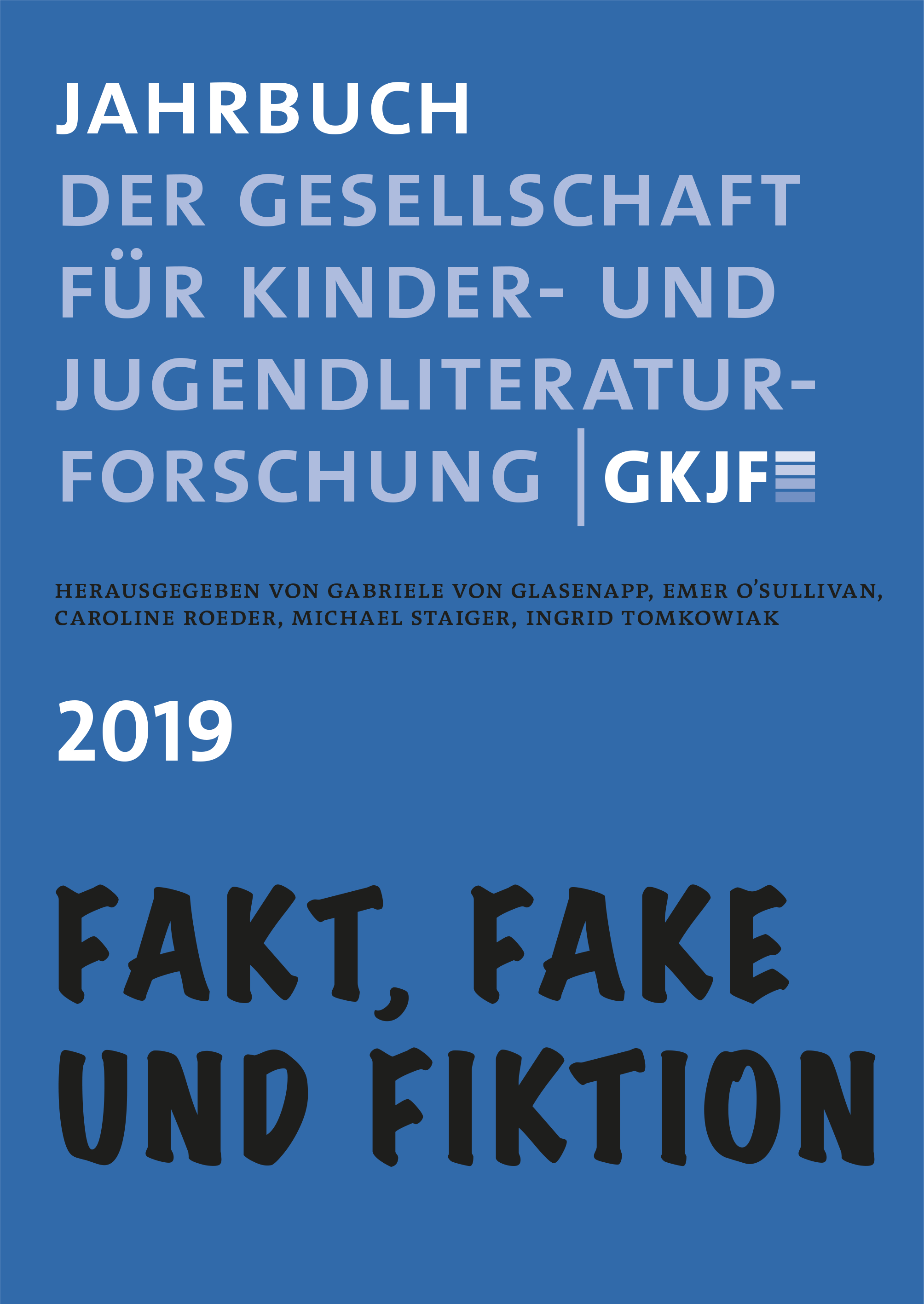»Iz an Freuenschuh! An mirobelli Freuenschuh!«
Die fiktive Sprache in Carson Ellis’ »Du Iz Tak?« als Feld der Polyvalenz und Prüfstein der Bilderbuchübersetzung
DOI:
https://doi.org/10.21248/gkjf-jb.41Abstract
Artikelbeginn:
[English title and abstract below]
Carson Ellis’ Bilderbuch Du Iz Tak? (2016) stellt eine besondere Herausforderung der Bilderbuchübersetzung dar, da der Schrifttext ausschließlich in einer fiktiven Sprache verfasst ist. Eine Übersetzung erscheint damit zwar auf den ersten Blick überflüssig. Eine nähere Untersuchung des Ausgangstextes legt jedoch vielfaltige intermodale, inter- und intralinguale Bezuge frei, die einerseits ein Feld der Polyvalenz entfalten und die Übersetzung erschweren, andererseits eine Übersetzung unumgänglich machen.
»Iz an Freuenschuh! An mirobelli Freuenschuh!«
The Fictional Language in Carson Ellis’s Du Iz Tak? as a Field of Polyvalence and a Touchstone of Picturebook Translation
Carson Ellis’s award-winning picture book Du Iz Tak? is a special case of picturebook translation since the original text is written in an invented language. The comparative examination of the original and selected translations (German and Dutch) exposes the latent limits of picturebook translation. The written text in Du Iz Tak? consists exclusively of the direct speech of anthropomorphic insects. Reception of the work involves searching for clues in order to acquire the bug language. It is remarkable that, despite the invented nature of the bug language, different language editions of the work have been produced. Comments by the author and the publisher point out that the translation of the work was considered inevitable at an early stage, but it also represented a great challenge. The following two questions will be pursued in this article: Which intermodal interrelations within the original text determine the necessity of language-specific translations of Du Iz Tak? To what extent do the translations differ in their approach to this challenge? The semiosis of the bug language in Du Iz Tak? that demands translation is examined and the polyvalence of the text is discussed. A comparison of the original text with the two translations shows the translational shifts that are brought about by the notion of the single address in children’s literature. This article reveals the limits of transferability of this specific book as well as the general challenges of picturebook translation.
Downloads
Veröffentlicht
Ausgabe
Rubrik
Lizenz
Copyright (c) 2021 Jahrbuch der Gesellschaft für Kinder- und Jugendliteraturforschung

Dieses Werk steht unter der Lizenz Creative Commons Namensnennung - Nicht-kommerziell 4.0 International.





